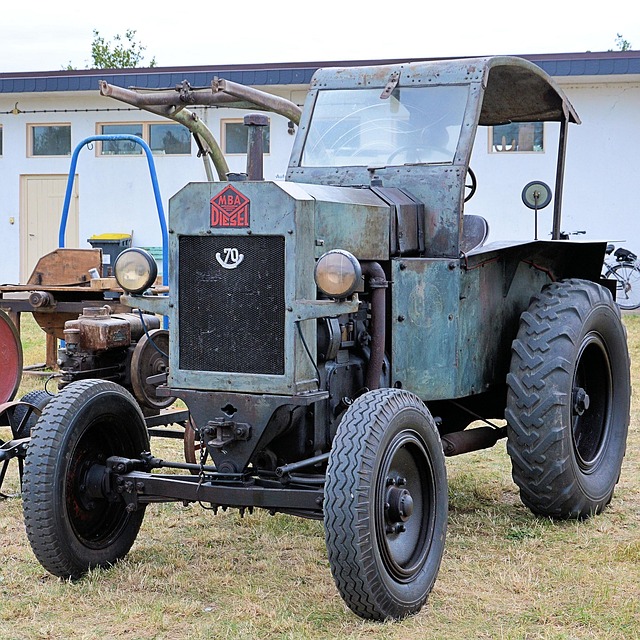Water Pumps: Uses, Types and Applications in Farming and Industry
Water pumps are mechanical devices that move water from one place to another by creating flow and pressure. They play a central role across many sectors, from supplying water for household use to circulating cooling water in factories. This article explains how water pumps operate, their roles in irrigation and agriculture, their industrial applications, and practical considerations for selecting and maintaining pumps in farming and other settings.

What is a water pump and how does it work
A water pump converts mechanical energy into hydraulic energy to move water. Common designs include centrifugal pumps, which use a rotating impeller to generate flow and pressure, and positive displacement pumps, which move a fixed volume with each cycle. Centrifugal pumps are widely used where steady flow is needed, while positive displacement types are chosen for higher pressures or handling viscous or abrasive fluids. Important performance metrics include flow rate (liters per minute or gallons per hour), head (pressure expressed as height), efficiency, and power consumption. Proper pump selection requires matching these metrics to the system’s needs and considering the source—open well, borehole, storage tank, or mains supply.
How do water pumps support irrigation systems
In irrigation systems, water pumps deliver water from sources to fields through pipes, sprinklers, drip lines, or canals. For sprinkler and center-pivot systems, pumps must provide consistent pressure and flow to ensure uniform coverage; for drip irrigation, lower flow but stable pressure is essential to prevent emitter clogging. Pump choice depends on scale: small farms may use submersible or surface centrifugal pumps, while larger installations employ high-capacity centrifugal or turbine pumps. Energy source is a key factor—electric pumps are efficient where grid power exists, diesel-driven pumps are common where electricity is unreliable, and solar pumps are increasingly used for off-grid and sustainable irrigation solutions.
Water pumps in agriculture: common uses and considerations
Agricultural uses extend beyond irrigation; pumps handle livestock watering, greenhouse climate control, fertigation (mixing fertilizers with irrigation water), and drainage of waterlogged fields. Durability and maintenance are crucial because agricultural environments expose pumps to dust, sediment, chemical additives, and intermittent use. Material selection (stainless steel, cast iron, or plastic) affects corrosion resistance and lifespan. Farmers should consider ease of access for routine tasks like seal replacement, impeller clearing, and motor servicing. Matching pump capacity to seasonal demand and factoring in future expansion reduces the risk of underperformance during critical growing periods.
Industrial water pump applications and system integration
Industry uses pumps for cooling circuits, process water transfer, chemical dosing, wastewater handling, and boiler feed. Industrial pumps often operate continuously and must meet stricter standards for reliability, efficiency, and safety. Integration with control systems—variable frequency drives (VFDs), pressure sensors, and automated valves—improves energy efficiency and system responsiveness. Material choices are driven by the pumped fluid: corrosive or abrasive fluids need special alloys, liners, or slurry-capable designs. Regular monitoring—vibration analysis, flow and pressure logging, and thermal checks—helps detect wear or cavitation early and prevent costly downtime.
Choosing and maintaining a pump for farming and local services
Selecting the right pump for farming or local services involves assessing water source, required flow and head, power availability, and environmental constraints. For boreholes, submersible pumps that match depth and yield are typical; surface pumps suit open water sources or shallow wells. Maintenance best practices include establishing a service schedule for bearings, seals, and electrical connections; keeping intake filters and strainers clear; and operating within the pump’s safe duty range to avoid cavitation. Consider supplier support and availability of spare parts in your area, and look for pumps with documented performance curves so installers and technicians can verify correct operation under real conditions.
Conclusion
Water pumps are versatile tools central to irrigation, agriculture, and many industrial processes. Understanding pump types, matching performance to application, and following regular maintenance practices helps ensure reliable operation and efficient water use. Whether for small-scale farming, large industrial systems, or municipal services, careful selection and system integration reduce energy use, lower operating risk, and extend equipment life.






